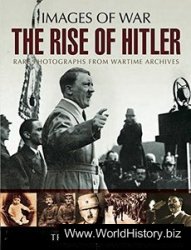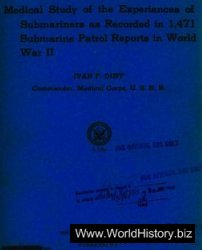The reign of Constantine VII Porphyrogenitus as senior and dominant
emperor (945–59) has traditionally been viewed as the apogee of Byzantium
as a great power resplendent in culture and learning. It would be more
accurate to say that the gathering strength of the economy and manpower
began to be harnessed to imperial politics in spectacular ways, in the palace
and on the battlefield. Constantine, like his father Leo VI, saw himself as
a writer and instructor, and he was interested in many branches of written
knowledge. This was partly a matter of theoretical knowledge or erudition
about the past, but Constantine regarded the practical experience relayed
by writings as indispensable to an emperor, as he stated in his preface to
the De administrando imperio, a handbook devoted principally to foreign
peoples and compiled for the instruction of his young son so that foreign
nations ‘shall quake before thee as one mighty in wisdom’.46
Constantine’s public stress on learning reflected his own views and there
is no reason to doubt the characterisation by the author of a Synaxarion,
a history of the saints celebrated through the church year, commissioned
by the emperor. Constantine, rising before the birds, was zealous to study
‘every book’ and read through ‘the ancient . . . histories’ from which one
could become ‘experienced . . . in all kinds of matters’.47 This, like the
standard preface to the fifty-three instalments of extracts from classical and
early Byzantine historical works commissioned by Constantine, asserts the
special access of the emperor to wisdom through the books amassed in his
palace. An emperor who exploited these reserves of past experience and
piety was uniquely wise and reverend. But Constantine was simultaneously
offering the ‘benefit’ of his digests ‘to the public’, in the words of the preface.
48 This exaltation of book-learning was in the tradition of Constantine’s
father, Leo ‘the Wise’; both were palace-dwellers, and both asserted that
the books and learning accumulated behind its closed doors were, through
their mediation, relevant and advantageous to their subjects.
Constantine may have been guided partly by the example of another
early tenth-century emperor, who had also filled his palace with books and
whose reputation for learning was known to the Byzantines: Symeon of Bulgaria.
Constantine and Symeon both accepted the ruler’s duty to educate
his people. This notion had been propounded by ninth-century scholarecclesiastics
like Photius,49 and became engrained in the propaganda and
self-image of the Macedonian dynasty, although Constantine’s education
had in fact been very limited. His piety was sometimes patently dynastic.
Thus he appropriated the acquisition of the mandylion from Edessa; the
texts celebrating the event composed in the opening years of his reign represent
the arrival of Christ’s image as prefiguring and even precipitating
Constantine’s advance to sole rule.50 Probably already by January 946 Constantine
had brought ‘home’ to the capital the relics of Gregory Nazianzen;
the casket was borne to the palace on purple cloth, restoring the ‘sanctity
and reverence’ of which it ‘had previously been deprived’. Subsequently the
relics were installed in the church of the Holy Apostles, the burial-place of
emperors, and a panegyric extolled the emperor responsible for all this as
‘our new Moses’.51
Constantine emphasised most prominently his least controvertible qualities,
invaluable assets even in his infancy: birth in the purple (declared
on his silver coins from 945 onwards); and the supposed link between
his well-being and that of the citizens of Constantinople, asserted in the
acclamations chanted before large crowds in the Hippodrome. Constantine,
by commissioning the Book of ceremonies, in large part an almanac of
the emperor’s participation in church festivals and celebration of imperial
power, showed his regard for both book-learning and the rhythm of the
ritual; he claimed to be both restoring old practices and introducing new
ones.52 The rites he described and prescribed amounted to one long round
of intercession, and the relics which Constantine amassed underlined the
traditional designation of the palace as ‘sacred’. They also enhanced his
ability to gain supernatural protection for favoured subjects, such as soldiers
out on campaign; the saints, present through their relics, would heed
the emperor’s prayers, protecting his armies and bringing victories. The
power of imperial prayer is stressed in the Life of Basil, yet another of the
works issued under Constantine’s auspices, and the theme is also implicit
in three works of art probably emanating from court circles which show
Constantine with a relic or in prayer.53




 World History
World History









